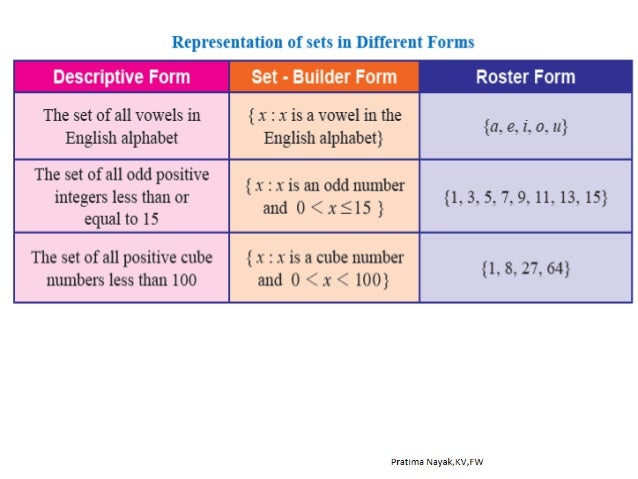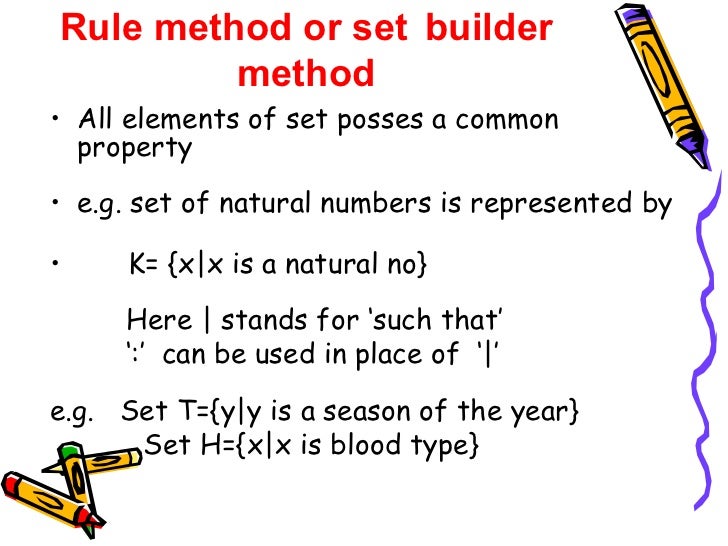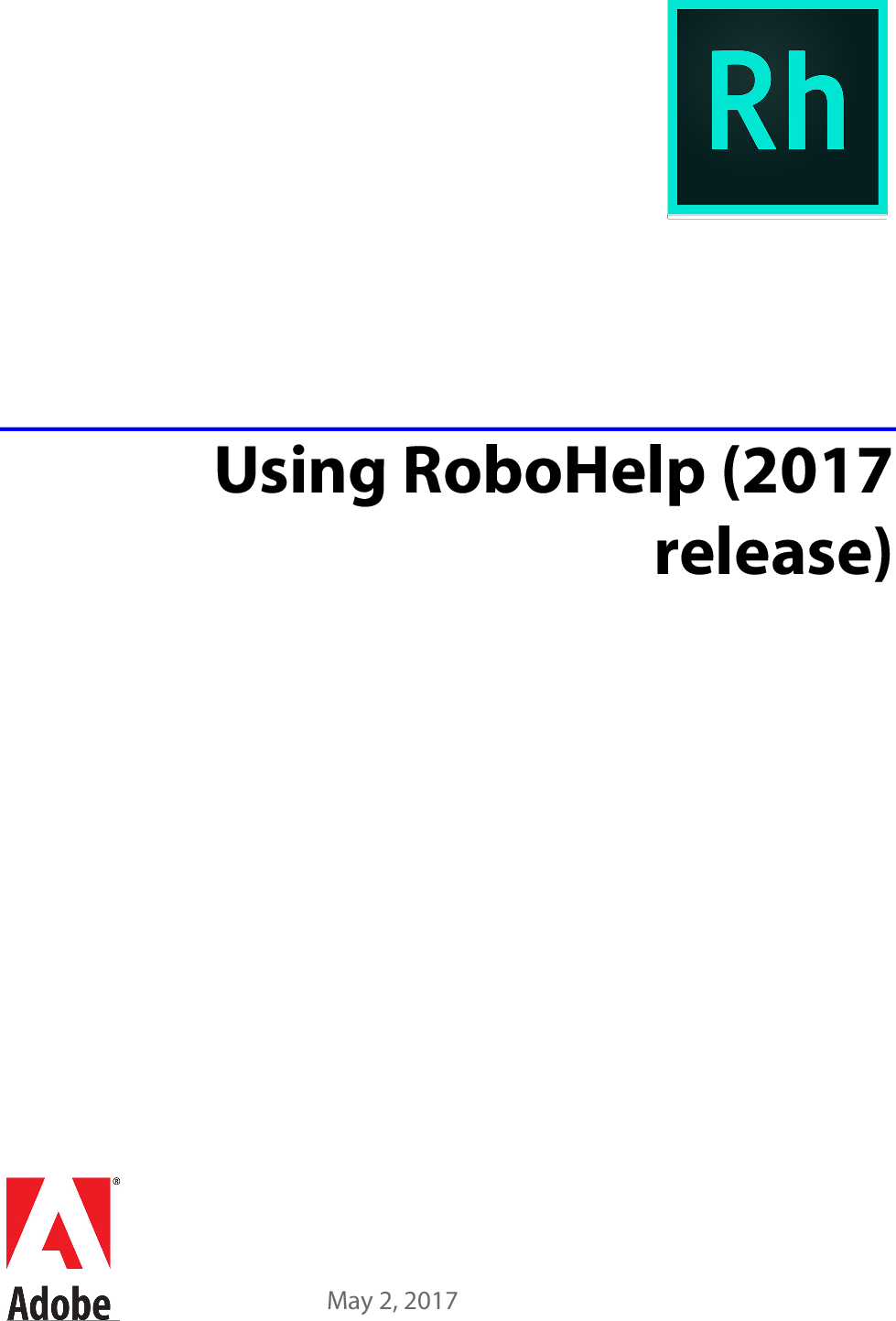For instance, if you own 10 shares of Company X at $10 per share, and the company announces a 1-for-2 reverse stock split, you end up owning five shares of Company X at $20 per share. Usually, reverse stock splits are announced by companies that have low share prices and want to increase them--oftentimes to avoid being delisted. A stock split happens when a company decides to increase the number of its shares in issue by giving existing investors additional shares for each share that they currently hold. The firm's share price falls to reflect the enlarged share base and its market capitalisation stays the same. The total value of each investor's shareholding remains unchanged as well, because they hold the same percentage of the firm after the split that they did before.
Companies may go through reverse stock splits to avoid being delisted from a stock exchange if they're nearing the minimum share price allowed on that exchange. They also might do a reverse stock split to improve the company's public image or draw attention from high-profile investors or analysts. By then, however, companies had started to change their stance toward stock splits.
Many companies no longer felt it necessary to keep their share prices at relatively low levels. As a result, when Apple once again approached $100 per share, the tech giant did nothing. The stock price continued to move ever higher; it was interrupted briefly by the financial crisis, but eventually moved to $700 per share. Even though the stock climbed into the triple digits by 2007, the company didn't use its previous playbook and instead allowed its shares to continue to appreciate. Despite dramatic volatility both before and during the financial crisis in 2008 and 2009, Apple quickly rebounded and soared to as much as $700 per share by 2014. Apple's fourth and final stock split to date happened on 9 June 2014.
This was the most significant of Apple's stock splits, with a seven-to-one ratio taking shares from close to $700 down to around $100. Apple wanted to make shares accessible to more investors, but it's also speculated that they set their sights on inclusion in the Dow Jones Industrial Average index. This index acts as a benchmark, with 30 stocks included from key economic sectors. As it's a price weighted average, Apple's stock price needed to be reduced before it was feasible for the company to be added. It was announced that Apple would join the Dow Jones in March 2015 and it has been a part of the index since March 2019.
The second Apple stock split took place on 21 June 2000, and was also a two-for-one split. Shortly afterwards though, in September 2000, share prices were halved as many technology companies experienced a rapid decline. This was around the time the dot-com bubble burst, where many companies went out of business and others decreased in value.
Apple blamed lower-than-forecast sales, as well as a weaknesses in the education market. While Apple was affected temporarily, the company's shares made a full recovery and went on to achieve new highs. When looking at the value of a company's shares, it can be difficult to interpret how successful the company has been based on its stock prices following a split.
Apple's current share price of around $408 doesn't look as impressive as it would have done ahead of its four stock splits. In most cases, stock splits are undertaken by companies when the share price has gone up significantly, particularly in relation to a company's stock market peers. If the share price becomes more affordable for smaller investors, it can reasonably be assumed that more investors will participate, and so the overall liquidity of the stock would increase as well. Since launching its initial public offering in 1980 at $22 a share, Apple has completed five stock splits, most recently in 2020. These splits help keep Apple's stock price within reach for many investors. Still, the decision to buy Apple shares could take a bite out of your investment budget, so here's how to evaluate if the stock deserves to hang around your portfolio.
The initial reaction could be due to the higher demand in the secondary market. Though stock split may be an important tool for company managements to enhance shareholder wealth, some promoters may misuse it to prop up stock prices artificially. Thus, stock splits do pose some challenges to investors in identifying good stocks.
As the stock split does not alter the fundamentals of the company, the sharp rise in the share price may not sustain. The stock will undergo a 4-for-1 stock split for those shareholders of record on August 24, 2020. This means for each share of AAPL held; you will receive three additional shares, while the share price of the stock will be quartered.
The shares will undergo the "split" after the market closes on August 28 and officially begin trading with the new share price on August 31. In the case of reverse stock splits, the company divides the number of shares that investors own, rather than multiplying them. Each stock that is publicly traded has a certain number of shares outstanding. A board of directors can decide to increase the number of shares outstanding by issuing more shares to current shareholders via a stock split. A stock split is a type of corporate action that impacts the number of shares and the price per share, but not a company's market cap or your percent ownership.
Apple's 4 for 1 stock split has taken effect as of Monday, August 31 and analysts are weighing in on how the move will impact the stock's share price. While historically AAPL has seen on average a 10.4% increase 12 months after its stock splits, there are a couple of factors that could hint at stronger than average gains for Apple shares this time around. Apple's first stock split occurred on 16 June 1987, seven years after it became a public company, and it was a two-for-one stock split. It kept share prices low enough to make them accessible to investors. A stock split is a corporate action that companies take to increase the number of outstanding shares and decrease the value of each share.
In other words, as a company's stock price increases, investors are rewarded with higher returns. But eventually, the stock may reach a price that makes it difficult for new investors to jump in, which is when the stock split comes in. To be clear, stock splits do not change a company's underlying fundamentals.
And though the lower-priced shares can attract smaller investors, larger investors already trading the shares can maintain more influence over the price action. The overall market environment is key, as well, and it has influenced trading after the limited number of previous Apple stock splits. Apple is having a great year, and its4-for-1 stock spliton Monday is expected to make the market's most-valuable company even more attractive to a wider universe of retail investors. But the limited history of Apple stock splits says there is no reason to rush in to buy the lower-priced shares.
Is Apple Stock Going To Split Anytime Soon Tesla published an announcement on 11 August 2020 whereby share prices will become more affordable to investors with a 5-for-1 stock split. The electric car company has been a favourite among our investors so far this year as it has been traded the most every month in at least one country that we are active in. When choosing to split its stock, Apple typically followed the rules that prevailed in the broader stock market at the time. Apple's first stock split in 1987 came after the stock price had reached roughly $80 per share. A 2-for-1 split gave Apple plenty of breathing room to avoid triple-digit share prices. When Apple stock next came near the $100 mark in 2000, another split sent the share price back downward.
Similarly, Apple traded in the low $80s in 2005 when it did its third 2-for-1 stock split. If you had spent $1,000 on Apple stock in 1980, you would have been able to buy about 45 shares at $22 apiece. Apple shares have split four times since then—when a stock splits, it increases the number of shares an individual has—which puts the adjusted initial offering price at closer to 39 cents a share. Using that figure, an investment of $1,000 in Apple back in 1980 would yield close to $272,000 today.
Because Apple pulls so much weight in the U.S. stock market, it can be one of the best stocks to track, even for non-investors. And Wall Street certainly keeps close tabs on the tech giant's every move. In the company's fourth quarter, Apple reported a record $83.4 billion in revenue, a 29% increase from a year ago. The company delivered earnings per share of $1.24, up from $0.73 in the same quarter in 2020. It's among the most active on Wall Street, with millions of shares trading each day, and is slightly more volatile than the market as a whole.
You can also find key information about the stock on a variety of financial websites, including its historical performance, dividend, valuation, and price-to-earnings ratio. You should also review news about the company, its competitors, and review reports written by Wall Street analysts that detail Apple's business and industry trends that will affect the stock price. In India, initially companies were allowed to keep the face value only in multiples of ₹10, that is, ₹10, ₹100 or ₹1,000.
However, in 1999, SEBI gave comanies the freedom to set the face value of their shares, mainly to facilitate more companies to raise funds through initial public offerings. It was then felt that by sticking to the ₹10 face value, most companies' share prices, based on their valuations, may be out of reach of retail investors. And while stock splits can increase a stock's liquidity and make it more accessible for investors, not all companies engage in them. According to Railey, some companies prefer to keep their stock prices high. Apple's financial performance, including its share price, relies heavily on the sales of its products.
A high flier through much of its recent history, Apple stock hit new all-time highs toward the end of 2021, with a market capitalization approaching a record $3 trillion. The primary reason for conducting a share split is to increase the liquidity in an equity. Liquidity means the ease with which investors can buy or sell shares on a stock exchange. For example, in August 2020, Apple clearly stated that its share split will help "to make the stock more accessible to a broader base of investors".
As such, if the shareholders of Alphabet Inc. approve the share split in due course, each shareholder will receive 19 additional shares on July 15 for each share held as at close of business on July 1. At current share price levels, this would imply that as from July, Alphabet's share price will adjust from the current level of circa $2,700 per share to $135 per share. If you own Apple stock, you will not see a change in the value of your investment in the company after the split.
You will have more shares in your account, but the AAPL stock price will be proportionately lower. The split itself will also not impact the S&P 500 Index because the market value of AAPL is not changing with the split. On the other hand, the Dow Jones Index will see a significant change due to Apple's share price decreasing after the split since it is a price-weighted index. To determine the Dow's value, you add the price of each stock in the index together and divide it by the total number of companies.
Therefore, a company with a higher price will have more of an effect on the index. Currently , Apple has the highest stock price in the Dow and thus has the most impact on the index when its share price goes up or down. After the split is complete, it will fall to the bottom half of the index, greatly diminishing its influence and have a weighting of about 3%. This, in turn, will increase the relative influence of the other stocks in the Dow.
It seems unlikely that Apple will complete another stock divide in the near future. Share prices are still climbing (they are currently trading at around $186), however shares were worth close to $700 before the last split in 2014. Apple may consider another stock split if share prices continue to rise, but for now, this move probably wouldn't be in the best interests of the company. This is where split adjusted figures come in – they account for stock splits when working out return on investment.
With Apple, stock adjusted figures would acknowledge the fact that one stock bought during its initial public offering would now have become 56 shares. An investor buys a share in Apple in January 2005, so they have one share worth $77.00. After the two-for-one stock split a month later, they own two shares in Apple, but each of these shares is worth half the amount, at $38.50. If the shareholder keeps these two stocks until May 2014, they will be worth $1,266 ($633 each) as the stock price appreciates.
With the fourth stock split, each of these stocks will then be split seven times, so that the shareholder owns 14 shares in Apple. DEGIRO enables its customers to invest worldwide at unprecedented low rates. Previously, investing was often limited to stock exchanges in Europe or the United States. Through one platform, all DEGIRO investors gain access to products and markets worldwide. This means that private investors can spread their investments much better. DEGIRO fits perfectly with the investor who manages his business online.
For us, customers do not pay for the salary of unnecessary staff. DEGIRO takes away the last difference between professional and private investors; the fees. On 30 July 2020, Apple announced a 4-for-1 stock split, which will be its fifth split since it started trading. When Apple made the announcement, share prices were trading at $384.76, 31.03% higher than the beginning of the year.
The iPhone maker said that this will make Apple stock more accessible to more investors. Reverse stock splits are rarely beneficial for shareholders because the stock price starts off at a higher price and you have fewer shares, making it more difficult to re-balance your portfolio. In all likelihood, the stock price will continue to decline after a reverse split.
In Citigroup's case, the stock continued to decline after the split and has yet to recover. Some diehard Apple fans won't be appeased with investing in Apple by buying a mutual fund or ETF. If that's you, the good news is that it's very easy to buy Apple stock, provided you have an account set up with an online brokerage firm. To determine a stock's influence on the S&P 500, you first need to calculate each company's market cap in the index. A simple way to do this is to multiply the number of shares outstanding by the price of each share. Then you add all of those market caps together to get the total market cap of the S&P 500.
Finally, divide each company into the total market cap of the index to get the weighted average. Thus, the larger the market cap of a company in the index, the more impact each 1% change in the stock price will have on the index. Since Apple and Tesla announced their stock splits earlier this summer, investors and analysts have been scrambling to figure out what the move could mean for the companies which both recently hit record highs. With the historical adjustments, previous events and prices will be changed. For instance, Apple priced shares in its 1980 initial public offering at $22 a shares.
After its first four stock splits, though, that price fell to 39 cents a shares in the historical register, and it will fall again — to about a dime — after this split. Stock divides might not directly increase share prices, but they can often result in higher share prices further down the line. By making shares accessible to new investors, demand can increase, causing the share price to appreciate and the total market capitalisation to rise. While a stock split might be carried out to encourage investment, the split in itself doesn't affect the market capitalisation of a company.























































